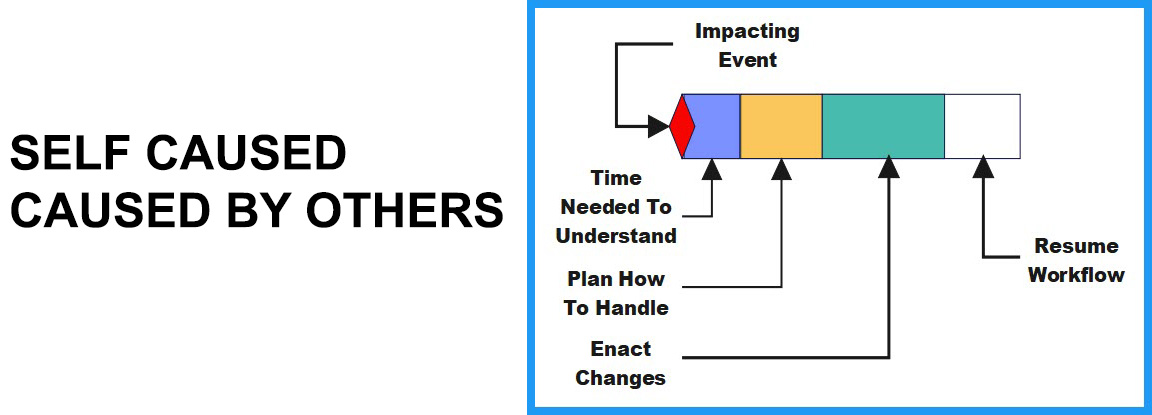
WHAT
IS CONTEMPORANEOUS DOCUMENTATION & WHY IS IT CRITICAL
How Long Will Your
Memory Recall
Event Sequence,
Timing, Details, Participant’s Names, Actions & Results Accurately
Short-term memory is the capacity
to store a small amount of information in the mind and keep it readily
available for a short period of time.
Short-term memory is
essential for daily functioning, which is why experiencing short-term memory loss can be frustrating.
- Short-term memory is very brief. When
short-term memories are not rehearsed or actively maintained, they last
mere seconds.
- Short-term memory is limited. It is commonly
suggested that short-term memory can hold only seven items at once, plus
or minus two.
What this means is
waiting until the end of a workday to prepare a daily report will most likely
produce errors and gaps in descriptions and facts. When you write or dictate your notes during
events and actions should produce far more complete and accurate notes and fact
recordings.
Courts and arbitrations
will give far more significance to contemporaneous documentation over
documentation recorded well after events are over. This is why Primavera
Consultants recommends that field management carry voice recorders and a means
to record photos/videos.
A general list of items
to be included in daily reports is as follows:
![]() Write
for the target reader. Make complete statements, assume the reader is not
familiar. Readers can read only the
words that you put there, don’t make readers guess.
Write
for the target reader. Make complete statements, assume the reader is not
familiar. Readers can read only the
words that you put there, don’t make readers guess.
![]() Keep it
factual. If you add an observation or
opinion, clearly marked as such to separate it from factual reporting.
Keep it
factual. If you add an observation or
opinion, clearly marked as such to separate it from factual reporting.
![]() Do not
allow facts to “dangle.” Connect facts
to schedule, spec., drawing, etc.
Do not
allow facts to “dangle.” Connect facts
to schedule, spec., drawing, etc.
![]() Be
extremely careful not to have two reports on the same day on the same
subject. This can make useless the
entire statement.
Be
extremely careful not to have two reports on the same day on the same
subject. This can make useless the
entire statement.
![]() Use
these reports in job discussions and make their content important. Make these reports living documents.
Use
these reports in job discussions and make their content important. Make these reports living documents.
![]() Be
careful not to kill your report:
Be
careful not to kill your report:
o Check
for Inaccuracies
o Entries
“in contemplation of litigation”
o Self-serving
statements
o Inconsistency
in maintaining records
o “Loss”
of some records
![]() Carefully
note impacts, add names, reference activity, and photos
Carefully
note impacts, add names, reference activity, and photos
![]() If
something was to start/take place, but did not, that is important for impacts
and delays (What didn’t happen is as important as what did
happen, maybe of greater importance.)
If
something was to start/take place, but did not, that is important for impacts
and delays (What didn’t happen is as important as what did
happen, maybe of greater importance.)
![]() Never
report weather without reporting the effect on the work. If no effect, state that.
Never
report weather without reporting the effect on the work. If no effect, state that.
![]() Once
submitted and disseminated, DO NOT MODIFY (add a note on the next day), keep it
contemporaneous!
Once
submitted and disseminated, DO NOT MODIFY (add a note on the next day), keep it
contemporaneous!
It is essential, industry practice, and
standard internal corporate policy for construction companies to maintain a
project documentation system. In
addition to being a contract requirement in most large construction projects
today, thorough and organized documentation throughout a project provides the
only contemporaneous “memory” of what actually happened on the project.
Documentation is the foundation on which all proposals,
disputes, or claims are built. Without
documentation, there is essentially no contemporaneous evidence, and,
therefore, it is difficult to present a persuasive case. Documentation is critical to resolving
disputes in two ways.
(1) Documentation provides a contemporaneous
record of what was actually happening on a project at any given time during the
course of the project.
(2) Documentation provides a contemporaneous
record of the parties positions regarding particular events at the time of the event.
DO NOT FAIL TO KEEP CONTEMPORANEOUS
DOCUMENTATION!